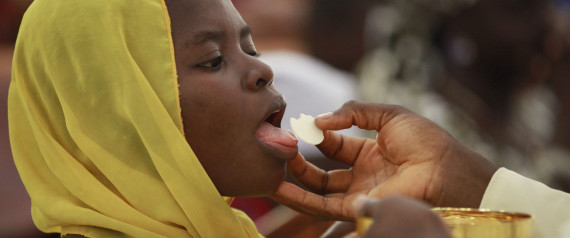The world is charged with the grandeur of God.
—Gerard Manley Hopkins
We begin the new weekly column “The Catholic Imagination and You” by taking our inspiration from one of the great poets, Gerard Manley Hopkins; the great artist Giovanni Lorenzo Bernini (who carved Ecstasy of St. Teresa); and the mystic and writer St. Teresa herself. We propose that the Catholic imagination is what sets apart the Catholic artist, writer and reader from the naturalist or secularist. God and the Catholic faith illuminate a Catholic artist’s imagination in much the same way that a candle will shed its light in the recess of darkness.
The Catholic imagination for the artist brings alive what we, as Catholics know to be the Truth: The living God is among us in the world. His presence serves as an inspiration for great artistic achievement and beauty. Through the Catholic imagination, the Catholic artist depicts concretely in fine art, sculpture, poetry, and literature those hallowed and epiphanic moments of God’s grace, which come unbidden to every soul.
The Catholic artist and writer live in a larger universe – a universe of the temporal and the divine. As the great Catholic writer Flannery O’Connor so clearly states in one of her essays on writing, “ . . . [T]he chief difference between a novelist who is an orthodox Christian and the novelist who is merely a naturalist is that the Christian novelist lives in a larger universe. He believes that the natural world contains the supernatural.”
O’Connor is echoing the sentiment Hamlet expresses to his friend Horatio:
“There are more things in heaven and earth, Horatio,
Than are dreamt of in your philosophy.”
We Catholics understand that everything in this world is not as it appears – that there is a depth of meaning that the philosopher taps through reason, the theologian taps through faith and reason, and the fiction writer taps through faith, reason and the imitative act of the imagination. We know God is acting in the world around us. He walks every day in “the garden of the world.” Rather than hiding as our first parents did when God called to them, Catholic writers go out to greet God with their art and bring Him into the works they create.
If you are a writer or artist, how does the Catholic imagination inspire you? Or, if you’re a reader (like us) and consider yourself a patron of art, we’d like to know your perspective. How does the Catholic imagination affect you personally?
We are opening up this column to everyone. Please consider writing a piece on the Catholic imagination for Catholic, Ink.
Perhaps you have an original take on the Catholic imagination. Some insight into the process of composition or the imitative act by which the writer, poet and painter produces art. You may consider reflecting on the words of some great Catholic artist. Flannery O’Connor, Walker Percy, Graham Green, J.R.R. Tolkien and T.S. Eliot, among others, who have important things to say in both their creative works and their critical works about this topic.
Another suggestion, consider highlighting some classical artist – Homer, Shakespeare, Jane Austen, Rembrandt, Michelangelo, etc. – and bring these great masters into the conversation, pointing out how what they’ve created for the ages might relate to this same illuminating principle we call the Catholic imagination. Help us bring alive the Catholic imagination to the readers of Catholic, Ink. We look forward to reading your words and, through them, inspiring readers, writers and artists.
Please e-mail your 400 to 2,500 word column (include your name and e-mail address in the MS Word file) to publisher@catholicfiction.net
Subscribe to Catholic, Ink. – click here – www.catholicink.com Be part of the Catholic Literary Revival – receive the weekly column “The Catholic Imagination and You”.



No comments:
Post a Comment